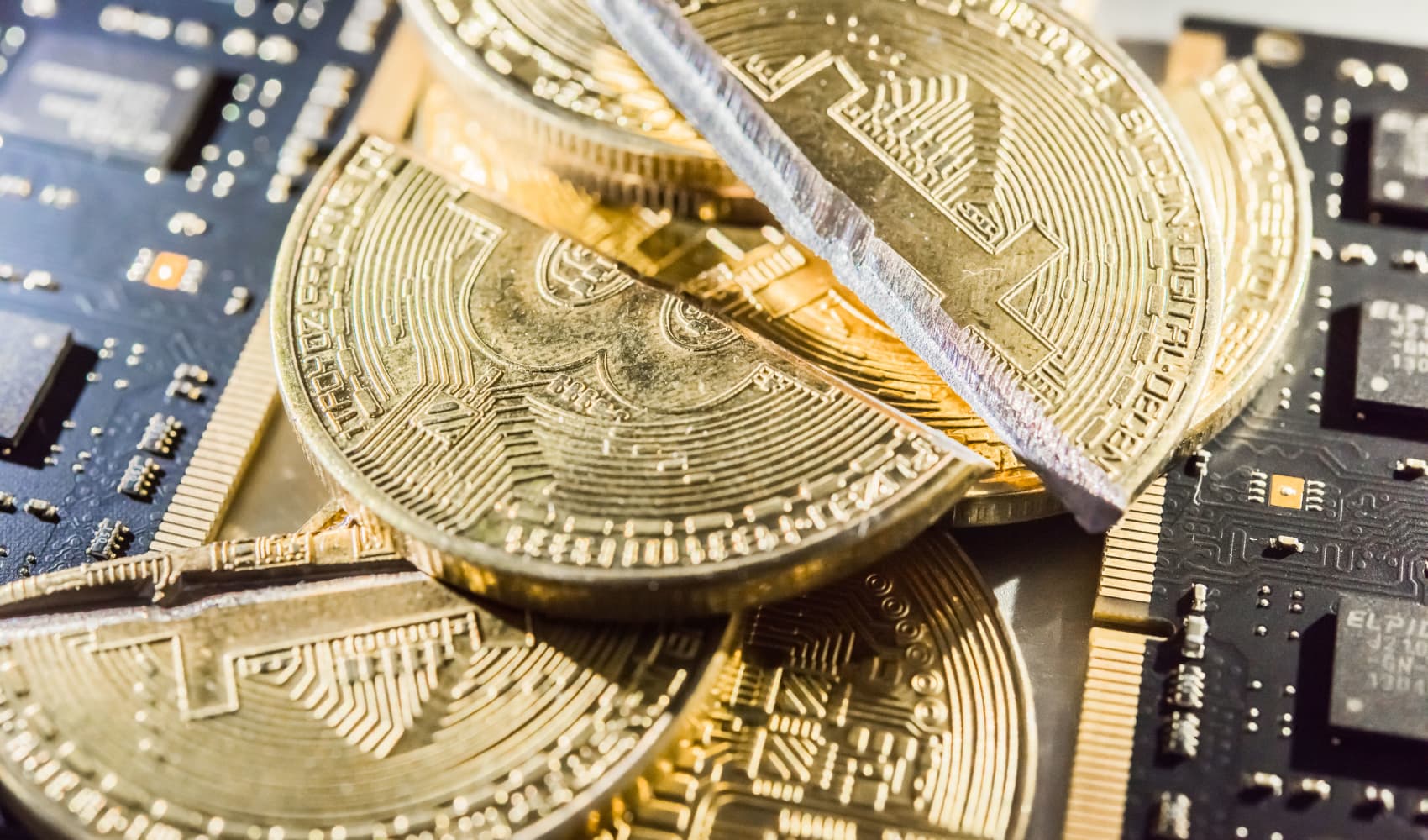
- You can bypass the individual purchase limit on Series I bonds, an inflation-protected investment, by using your tax refund to buy up to $5,000 in paper assets.
- However, rates may change every six months, there are redemption restrictions, and you may prefer electronic I bonds.
If surging costs are a concern, you may consider using your tax refund to bypass the purchase limits on Series I bonds, a nearly risk-free and inflation-protected asset.
Annual inflation rose by 7.5% in January, growing at the fastest pace since February 1982, according to the U.S. Department of Labor, affecting everyday expenses like energy, food, shelter and more.
Some investors have turned to I bonds, paying a 7.12% annual rate through April, to preserve purchasing power, according to financial experts.
Get DFW local news, weather forecasts and entertainment stories to your inbox. Sign up for NBC DFW newsletters.
"The rate is eye-popping for a government-guaranteed asset," said certified financial planner Leslie Beck, owner of Compass Wealth Management in Rutherford, New Jersey.
More from Personal Finance:
This risk-free bond pays 7.12% annual interest
Inflation pushes income tax brackets higher for 2022
Here’s how rising inflation may affect your 2021 tax bill
Although Treasury inflation-protected securities, or TIPS, also adjust for inflation, the values drop as interest rates rise, Beck said, whereas I bonds protect your principal.
Money Report
While there's generally a $10,000 individual purchase limit per calendar year, there are ways to get more, such as using up to $5,000 of your tax refund to buy paper I bonds.
You can ask to receive all or part of your refund in paper I bonds by completing part 2 of Form 8888 with your return. But your filing must be error-free to receive the assets.

"What I really like about this program is that it's an option for people to use their tax refund to build wealth," said Eric Walters, CFP, managing partner and co-founder of Summit Hill Wealth Management in Greenwood Village, Colorado.
Many taxpayers see refunds as "free money" and diverting funds may be a unique way to buy more than the usual I bond purchase limits, he said.
It's also a chance to save a little extra for college since earnings are tax-free if used for qualified education expenses.
Downsides of I bonds
While it's easy to see the appeal of I bonds, there are some key downsides to consider before piling in, experts say.
There are two parts to I bond returns: a fixed and variable rate, adjusting every six months based on the Consumer Price Index. This means you can secure a 7.12% rate through April 2022, but it may shift in May, depending on inflation. This chart shows the history of both rates.
"These things are floating rate bonds with a base rate of zero," Beck said. "So you could be stuck with a 0% return for a long time if inflation goes back to what it was for the last 10 years."
Another downside is you can't redeem I bonds for at least one year, which makes them inadequate for an emergency fund you need to tap for short-term expenses. And you'll pay the last three months of interest if you cash in I bonds within five years.
Moreover, there are drawbacks to owning paper I bonds, such as the risk of loss, theft or damage. "You tend to put them away and forget that you have them," said Beck.
You can replace missing I bonds or convert paper bonds to electronic ones through TreasuryDirect. However, each process has a few steps, making it less convenient than assets in a regular brokerage account.






